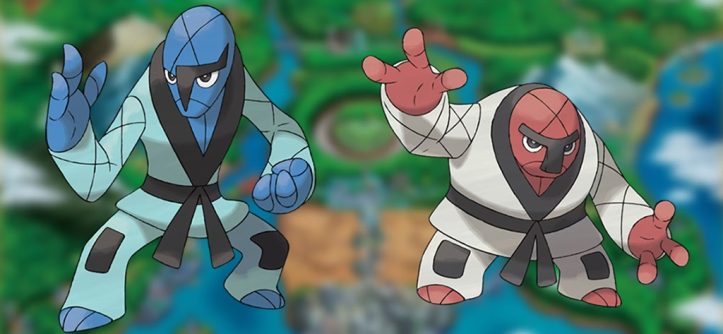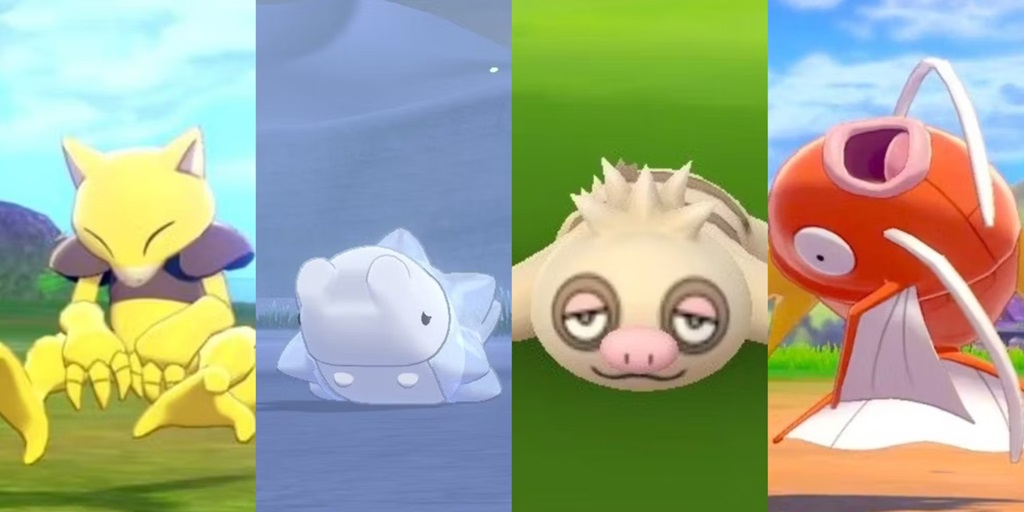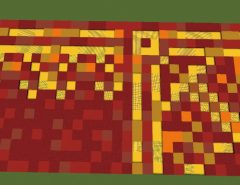The Pokémon universe is brimming with a vast array of creatures, each boasting unique designs, abilities, and stats. While many Pokémon capture hearts and become beloved companions, others leave a less favorable impression. What exactly makes a Pokémon truly “the worst”? In this comprehensive analysis, we delve into the key factors that contribute to a Pokémon’s undesirable status.
Poor Design: An Unfortunate First Impression
A Pokémon’s design is often the first point of contact for fans. Unfortunately, some designs miss the mark, resulting in unappealing or forgettable creatures. Whether it’s an awkward combination of colors, an uninspired concept, or simply a lack of visual appeal, a poor design can significantly impact a Pokémon’s popularity. Examples include the fish Pokémon Luvdisc, whose heart-shaped body often elicits more ridicule than admiration, or the ice cream Pokémon Vanilluxe, whose simplistic design lacks creativity.
Lackluster Stats: A Liability in Battle
In the world of Pokémon battles, stats play a crucial role in determining a creature’s effectiveness. Pokémon with subpar stats often struggle to compete, making them less desirable choices for trainers. Low base stats in areas like Attack, Defense, or Speed can severely hinder a Pokémon’s performance in battles, relegating them to the sidelines. Delcatty, for example, suffers from underwhelming stats, rendering it ineffective in most competitive scenarios.
Useless Abilities: Hindering Rather Than Helping
Each Pokémon possesses unique abilities that can impact battles in various ways. However, some abilities prove to be more detrimental than beneficial. Abilities like Truant, which forces a Pokémon to skip every other turn, or Slow Start, which halves a Pokémon’s Attack and Speed for the first five turns of a battle, can severely hamper a Pokémon’s performance. These abilities make it difficult for trainers to strategize effectively, leading to frustration and disappointment.
Unviable Typing: A Disadvantage in Matchups
Pokémon types play a significant role in battles, determining strengths, weaknesses, and resistances. Some Pokémon suffer from unviable typing, meaning their type combination leaves them vulnerable to a wide range of attacks or unable to effectively counter common threats. For example, the pure Ice-type Pokémon Snorunt is weak to four different types, making it a liability in many battles. When considering what is the worst Pokémon, it’s clear that a Pokémon’s typing can significantly impact its viability in both casual and competitive play. For more information on poorly performing Pokémon, you can visit: https://gamegreatwall.com/adventure/worst-pokemon/.
Related: How to transfer Pokémon from GO to HOME
Limited Movepool: Lack of Versatility in Battles
A Pokémon’s movepool, the set of moves it can learn, is crucial for its versatility in battles. Pokémon with limited movepools often struggle to adapt to different situations, lacking the tools necessary to counter specific threats or capitalize on opportunities. This lack of versatility can make a Pokémon feel one-dimensional and predictable, ultimately diminishing its appeal. Farfetch’d, for example, has a notoriously shallow movepool, limiting its potential in battles.
Lack of Evolution: A Missed Opportunity for Growth
Many Pokémon evolve, gaining new forms and abilities as they level up. However, some Pokémon lack evolutions altogether, missing out on the opportunity to grow and become stronger. This lack of evolution can be a significant disadvantage, as it limits a Pokémon’s potential and leaves trainers feeling unsatisfied. While some Pokémon, like Ditto or Unown, have unique roles despite their lack of evolution, others, like Wishiwashi’s solo form, feel incomplete and underwhelming.
Negative Reception: A Reflection of Fan Discontent
Ultimately, a Pokémon’s reputation is shaped by fan reception. Pokémon that consistently receive negative feedback, whether due to their design, stats, abilities, or other factors, often fall into the category of “the worst.” This negative reception can stem from a variety of sources, including disappointment in battles, unappealing aesthetics, or simply a lack of excitement surrounding the Pokémon. The collective opinion of the fan base can significantly impact a Pokémon’s legacy, solidifying its status as one of the least favored creatures in the franchise.
In Conclusion: A Multifaceted Issue
Determining the “worst” Pokémon is a subjective matter, as opinions vary among trainers and fans. However, factors such as poor design, lackluster stats, useless abilities, unviable typing, limited movepools, lack of evolution, and negative reception all contribute to a Pokémon’s undesirable status. While some Pokémon may excel in certain areas, falling short in others, a combination of these negative traits can ultimately relegate a Pokémon to the bottom of the popularity list.






Leave a Reply